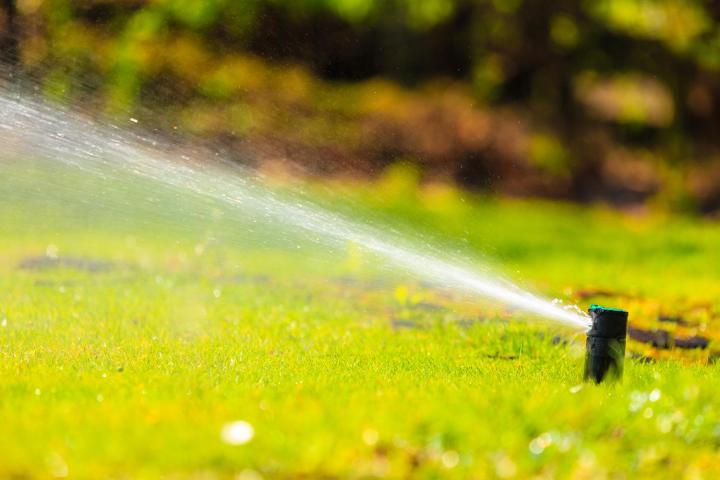
Long Beach, California, recently started a pilot program by installing 200 smart water meters that report water usage at regular intervals. The technology can be used to catch water-hoarding culprits, of course, but is also useful for those who want to keep track of their water consumption.
Long Beach Water Department director of operations Tai Tseng tells Wired one Long Beach resident was able to slash her water bill by about 98 percent after discovering a leak beneath the foundation of her home.
The pilot program started in March with water meter add-ons from a company called T2. The Innov8 register with an LCD display can be added to most common meters to provide data logging in intervals down to one minute and flow down to 0.2 gallons. The meters then communicate wirelessly over Verizon’s cellular data network, and T2 provides web-based analytics for customers to see their water usage via Microsoft’s Azure Cloud.
The technology enables Long Beach’s water department to identify which customers are disobeying specific restrictions, like watering their lawns for more than 10 minutes a week.
We’d expect smart water metering solutions to catch on in states like California and parts of the southwest that are experiencing drought. One can only wonder how it took so long. Then again, many utilities aren’t incented to convince their customers to save, and water mandates are typically handled by local water districts.
Smart-water-meter technologies should ultimately be paired with smart irrigation control that uses sensors to know when to water, for example, as well as drip irrigation and xeriscaping with drought-tolerant plants. They’d need wireless connections and the proper communications protocols, but it could be done. Someone somewhere must be working on an app.


